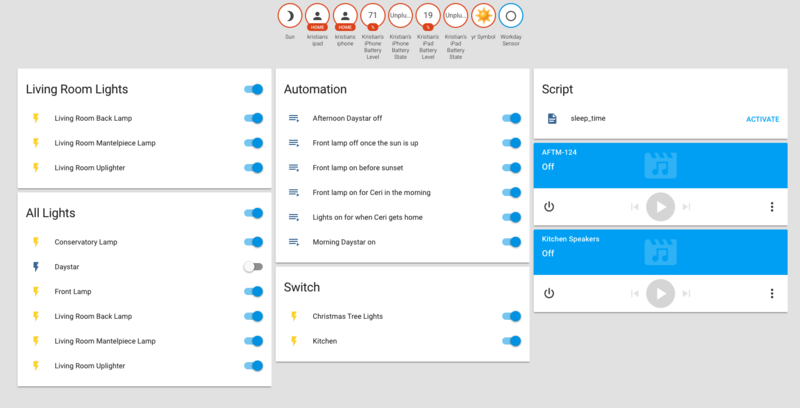I’m a big advocate of using services like Heroku or AWS Elastic Beanstalk rather than running your own servers where you can, but sometimes it’s the right thing to do. For my home automation setup, I want to keep as much of it on the local network as possible, so this was definitely one of those situations.
So I bought an Intel NUC - it’s small, fairly quiet so I can run it indoors, and yet fairly powerful (Core i5, 4GB RAM, 1TB HDD in the one I bought).
I want Infrastructure as Code. I want a documented reproducible version-controlled setup. One perspective is that this is overkill for “just a home server” - my position is that it’s even more necessary, because I’m going to fiddle with it sporadically, it’s highly unique, and it’s only me maintaining it. However I still want a fairly minimal setup.
In the past I’ve done things like writing a bunch of Puppet or Ansible and/or running a suite of VMs, but this can get tedious fast - hoping that a module exists, handling dependencies, encoding installation instructions as config management, etc.
What I really want is akin to a self-hosted PaaS that I can easily deploy on a single box, and that allows me to define apps declaratively.
Thanks to Docker, Docker Compose, Traefik, and a bit of systemd config, that’s fairly straightforward!
